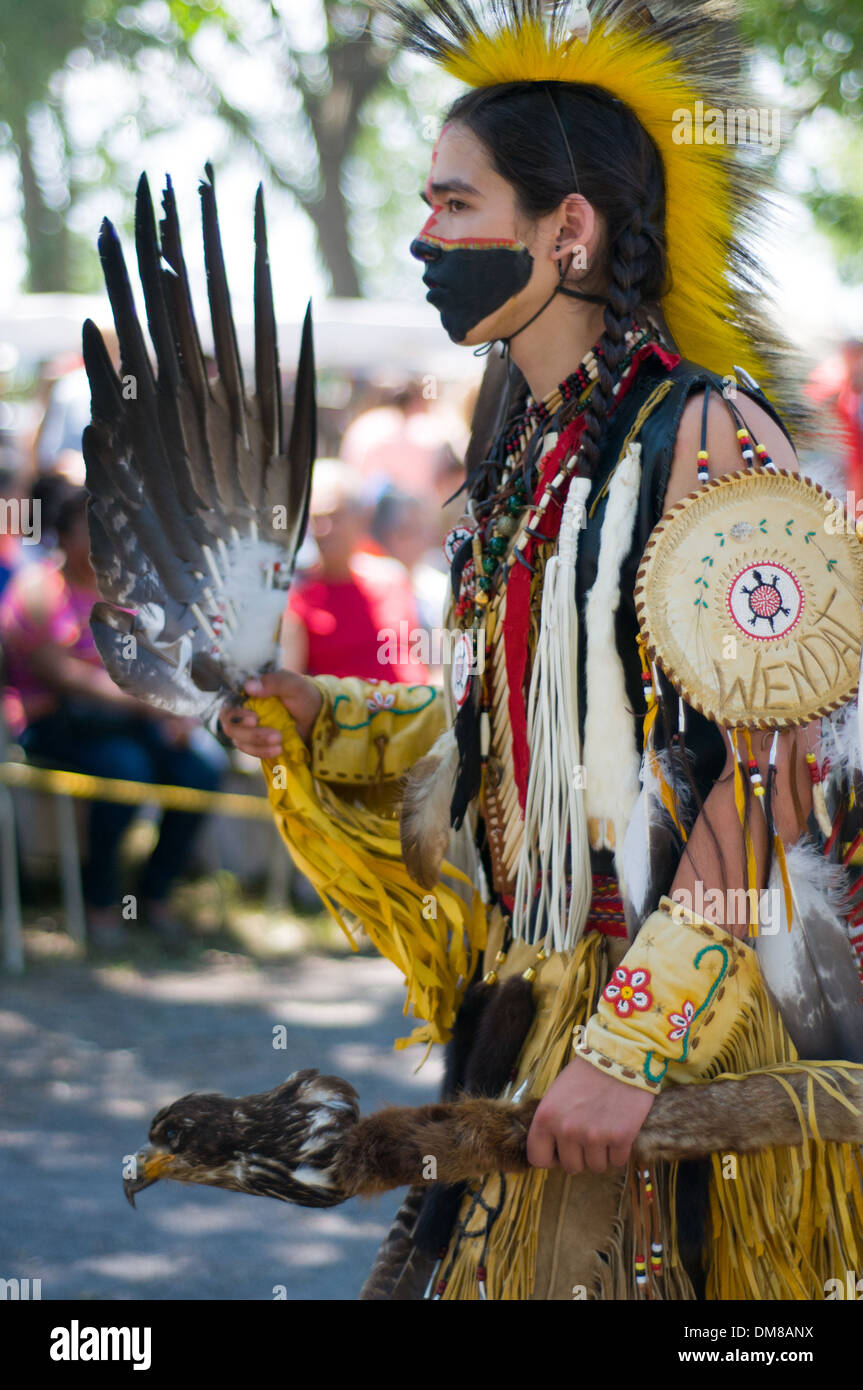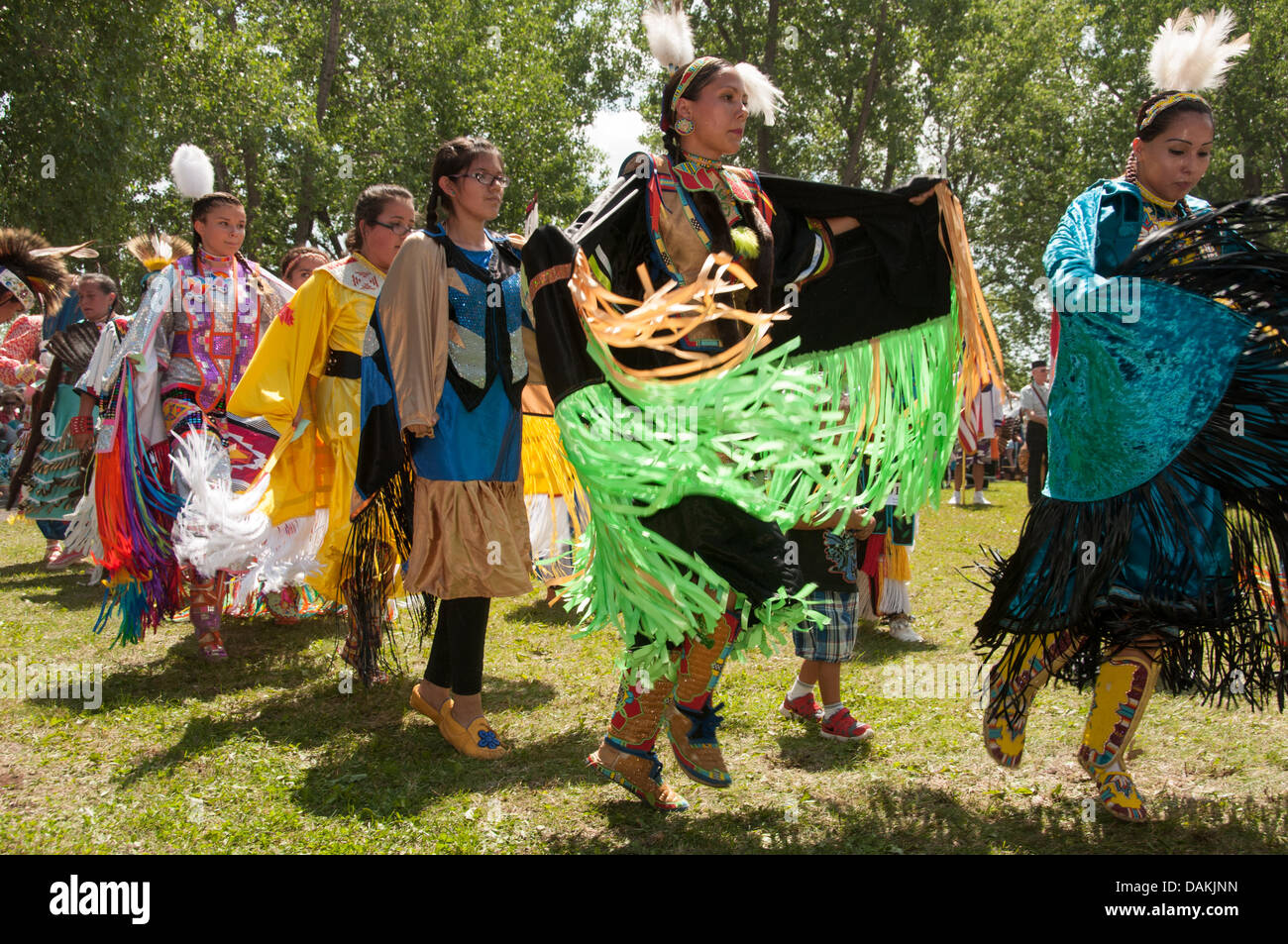
The Sacred Threads: Unveiling the Enduring Spirituality of the Kahnawake Mohawk
KAHN AWAKE, Quebec – Nestled on the south shore of the St. Lawrence River, just a stone’s throw from the bustling metropolis of Montreal, lies the Mohawk territory of Kahnawake. For centuries, this community has been a vibrant heart of Kanien’kehá:ka (Mohawk) culture, language, and, perhaps most profoundly, a rich and enduring spiritual tradition that pre-dates colonial contact and continues to shape daily life. Far from being relics of the past, these beliefs are living, breathing principles that guide their relationship with the land, each other, and the universe.
At the core of Kahnawake Mohawk spirituality is a profound connection to the natural world, an understanding of interconnectedness, and a deep sense of gratitude. It is a worldview rooted in the ancient teachings of the Great Law of Peace (Kayaneren’kó:wa) and expressed through ceremonies, oral traditions, and a daily practice of thanksgiving.

The Foundation: The Great Law of Peace
The Kayaneren’kó:wa, or Great Law of Peace, is more than just a political constitution; it is the spiritual and philosophical bedrock of the Haudenosaunee (Iroquois) Confederacy, of which the Mohawk are a foundational nation. Passed down through generations by the Peacemaker (Deganawida) and Hiawatha, with the wisdom of Jigonsaseh, the Mother of Nations, it established principles of peace, power, and righteousness among warring nations.
"The Great Law teaches us how to live in harmony, not just with each other, but with all creation," explains a local elder, reflecting on the profound impact of these teachings. "It’s about finding balance – Skennen (peace), Ka’shatstenhsera (power, meaning a good mind and collective strength), and Ka’nikonhrí:io (righteousness, doing what is right for future generations)."
This foundational document, originally codified in wampum belts, outlines a system of governance, conflict resolution, and social order that is inextricably linked to spiritual principles. It emphasizes consensus, respect for individual rights, and collective responsibility for the well-being of the community and the natural world. The symbolic Tree of Peace, where weapons are buried beneath its roots, represents the enduring commitment to peaceful coexistence and the protection of life.
The Creator and the Thanksgiving Address
Central to Mohawk spiritual belief is the concept of a singular Creator, a benevolent force that brought forth all life. The world is seen as a living entity, infused with the Creator’s spirit, and all its components – from the smallest insect to the largest star – are deserving of respect and gratitude.
This profound appreciation for creation is most eloquently expressed in the Ohen:ton Karihwatehkwen, or the "Words Before All Else," commonly known as the Thanksgiving Address. This isn’t merely a prayer; it’s a sacred recitation, a philosophical statement, and a way of life. It acknowledges, in a specific order, all elements of creation, from the people themselves, to the Earth Mother, the waters, fish, plants, animals, birds, the Four Winds, the Thunderers, the Sun, the Moon, the Stars, and finally, the Creator.
"The Thanksgiving Address is our way of greeting the day, of acknowledging everything that sustains us," says a cultural educator from Kahnawake. "It’s a daily reminder of our place in the web of life, and our responsibility to give thanks for the gifts we receive."

The address is recited at the beginning of all gatherings, ceremonies, and even informal meetings, setting a tone of humility and gratitude. It embodies the Mohawk worldview of reciprocal relationships: humans are not above nature, but a part of it, and their well-being is dependent on the health and balance of the natural world.
Cycles of Life: Ceremonies and Rituals
Mohawk spirituality is deeply interwoven with the cycles of the earth and the seasons. A series of ceremonies throughout the year mark significant moments in the agricultural and natural calendar, reinforcing the community’s connection to the land and their dependence on its bounty.
- Midwinter Ceremony (Ronwatenónhnha): Held in January or February, this is the most important spiritual event of the year. It’s a time of renewal, of "stirring the ashes" of the old year and welcoming the new. It involves dreams, confessions, and the naming of new chiefs and clan mothers. It’s a period of deep reflection and community strengthening.
- Maple Ceremony: Celebrating the first harvest of the year – maple sap – this ceremony marks the return of spring and the renewal of life. It acknowledges the gift of the maple tree, a vital source of sustenance.
- Strawberry Ceremony: As the first berry of the season, the strawberry holds a special place. This ceremony celebrates its healing properties and its symbolic connection to the heart. It’s a time for community gathering and giving thanks for the earth’s sweetness.
- Green Corn Ceremony (Onen’to:kon): This significant late-summer ceremony celebrates the first harvest of corn, a staple food and a sacred gift. It’s a time of profound gratitude for sustenance and an opportunity for social dancing and feasting.
- Harvest Ceremony: Marking the end of the agricultural cycle, this ceremony expresses thanks for all the foods harvested and gathered, ensuring a good mind and well-being through the coming winter.
These ceremonies are not just historical enactments; they are vibrant, living traditions that bring the community together, reinforcing shared values, cultural identity, and spiritual connection. They are accompanied by traditional songs, dances, and shared meals, all contributing to a sense of communal well-being.
Oral Tradition and the Role of Elders
For generations, Mohawk spiritual beliefs and knowledge have been passed down through oral tradition. Storytelling is a powerful pedagogical tool, conveying complex moral lessons, historical narratives, and spiritual insights. Elders, as keepers of this knowledge, play a crucial role in transmitting it to younger generations.
"Our stories are our history, our law, and our spirituality all wrapped into one," explains a local knowledge keeper. "They teach us how to be human, how to respect life, and how to carry ourselves in a good way."
This emphasis on oral tradition highlights the living, evolving nature of their spirituality. While core principles remain constant, their application and interpretation can adapt to contemporary contexts, guided by the wisdom of those who have dedicated their lives to learning and practicing the ancient ways.
Resilience and Revitalization
The history of the Kahnawake Mohawk, like many Indigenous peoples, includes periods of immense challenge, particularly with the arrival of European settlers and the imposition of foreign belief systems. Christian missionaries actively sought to convert the Mohawk, and the residential school system worked to suppress Indigenous languages, cultures, and spiritual practices. Despite these immense pressures, Mohawk spirituality in Kahnawake has demonstrated remarkable resilience.
Today, there is a strong and active movement to revitalize traditional beliefs, language (Kanien’keha), and ceremonies. Community initiatives, language immersion schools, cultural centres, and intergenerational teachings are ensuring that these sacred threads are not broken but strengthened for future generations.
"Our language is key to our spirituality," states a young Kanien’keha speaker. "The concepts, the nuances, the very way we think about the world – it’s all embedded in our words. Losing the language would mean losing a part of our soul."
This revitalization is not about returning to a static past but about drawing strength from ancient wisdom to navigate the complexities of the modern world. It’s about empowering the community to maintain its distinct identity and values in an ever-changing global landscape.
Connection to Land and Future Generations
Ultimately, Kahnawake Mohawk spiritual beliefs foster a profound sense of responsibility – to the land, to the community, and to future generations. The land is not merely a resource but a living relative, a provider, and a sacred space. Stewardship of the environment is a spiritual imperative, guided by the principle of "seventh generation thinking" – ensuring that decisions made today will benefit descendants seven generations into the future.
This holistic worldview, where spirituality is intertwined with daily life, governance, environmental responsibility, and social harmony, offers a powerful alternative to many contemporary paradigms. It speaks to the enduring human need for meaning, connection, and a sense of belonging within a larger, sacred cosmos.
In Kahnawake, the echoes of the Longhouse continue to resonate, carrying forward the wisdom of the ancestors and illuminating a path of peace, gratitude, and profound respect for all creation. Their spiritual journey is a testament to the enduring strength of indigenous cultures and a beacon of hope for a more harmonious future.


:max_bytes(150000):strip_icc()/GettyImages-1156574117-2000-7729950fc6e24087a0bd1a9011965b74.jpg?w=200&resize=200,135&ssl=1)